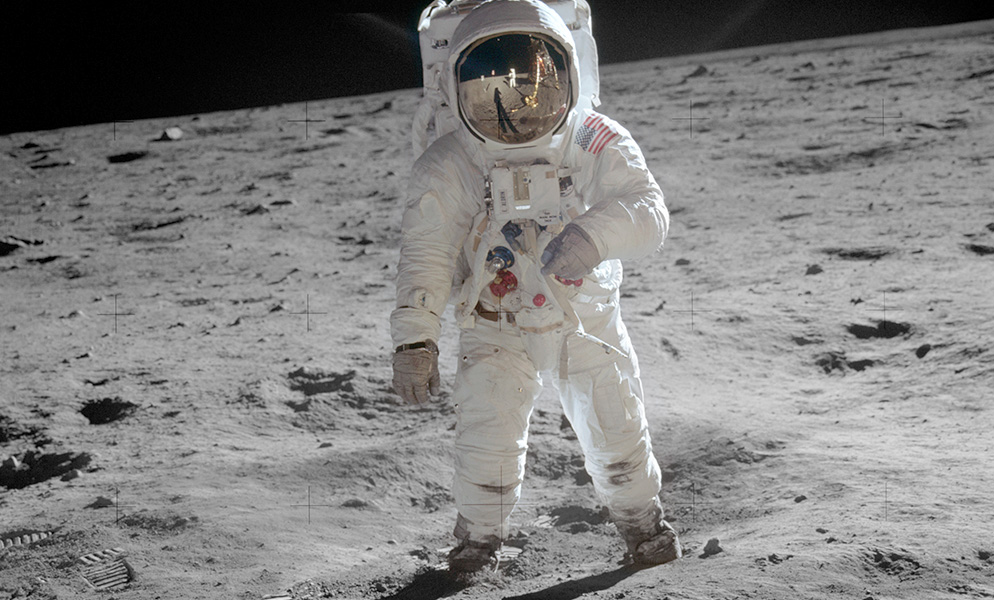
3 questions: 50 years after the moon landing
The lunar rocks brought back by the Apollo astronauts still inform research today, including the work of Rochester professor Miki Nakajima, who studies the formation and evolution of the Earth, the moon, and other planetary bodies.

Ice core data confirms increased tropospheric ozone levels since industrialization
The findings suggest good news about the reliability of the computer models used to estimate and predict the changes in ground-level ozone.

New view of how ocean ‘pumps’ impact climate change
A new Rochester study has found that factors such as wind, currents, and even small fish play a larger role in transferring carbon from the Earth’s atmosphere to the deep oceans than previously thought.
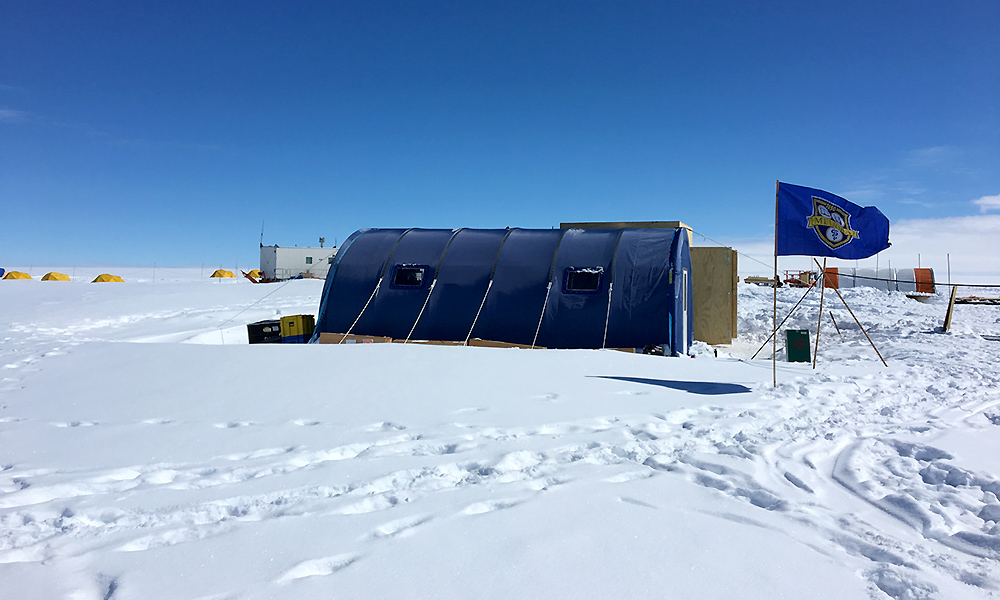
Unearthing climate clues buried in ice
The Meliora flag flies over the Law Dome research station in Antarctica, where Rochester scientists are battling some of the toughest field conditions ever in their effort to understand humans’ impact on climate.
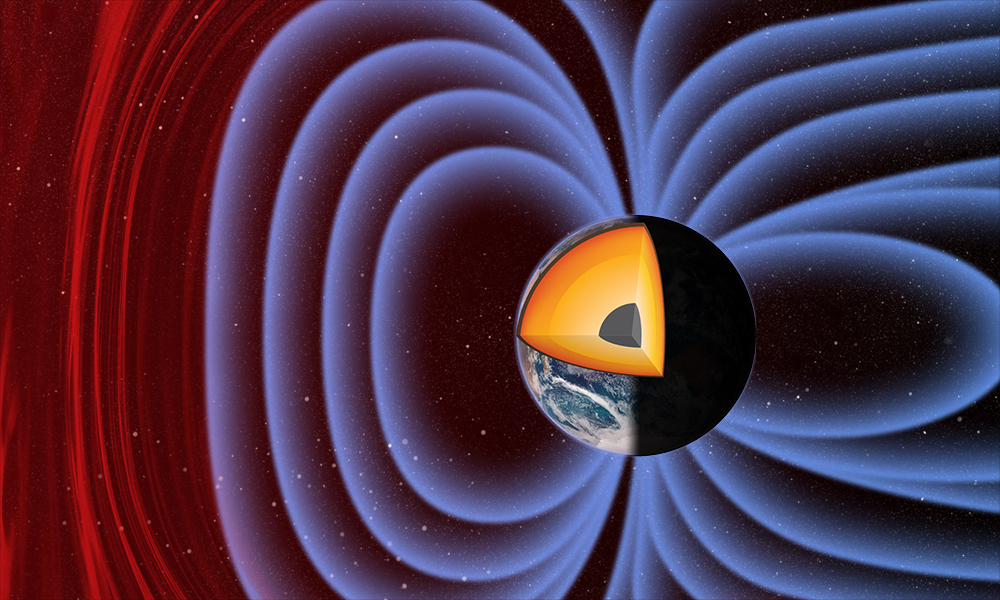
Earth’s inner core is much younger than we thought
Rochester researchers have gathered the first field data that show the Earth’s inner core is only about 565 million years old—relatively young compared to the age of our 4.5-billion-year-old planet.

CEE receives $1 million grant for campus solar project
The solar and energy storage system, to be built on the roof of the Goergen Athletic Center, will offset energy needs of a new office building south of Hutchison Hall.
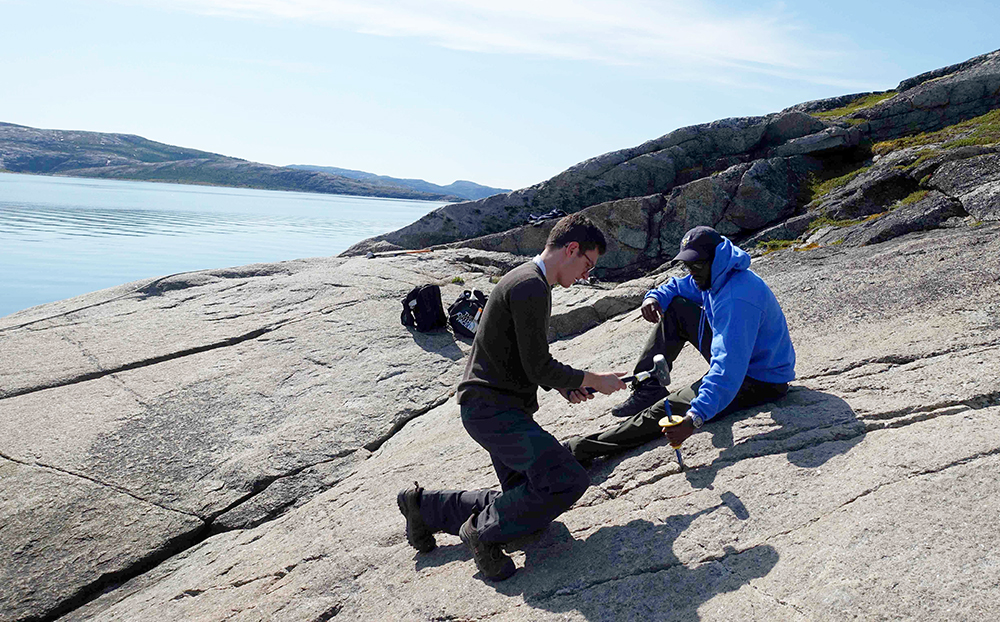
A sparkling summer in the field
Geology major Ben Crummins ’20, left, and physics major Frank Padgett III ’19 accompanied John Tarduno, professor and chair of earth and environmental sciences, to Labrador, Canada, this summer where the group conducted field work. The students sampled a rock known as anorthosite, which contains labradorite crystals. Labradorite crystals have the special property of refracting and reflecting light, which results in a unique iridescence. (University of Rochester photo / John Tarduno)

Honorary professorships awarded for excellence in teaching
John Tarduno has been awarded the William R. Kenan, Jr. Professorship, and Thomas Eickbush and James Zavislan are recipients of the Mercer Brugler Distinguished Teaching Professorship.
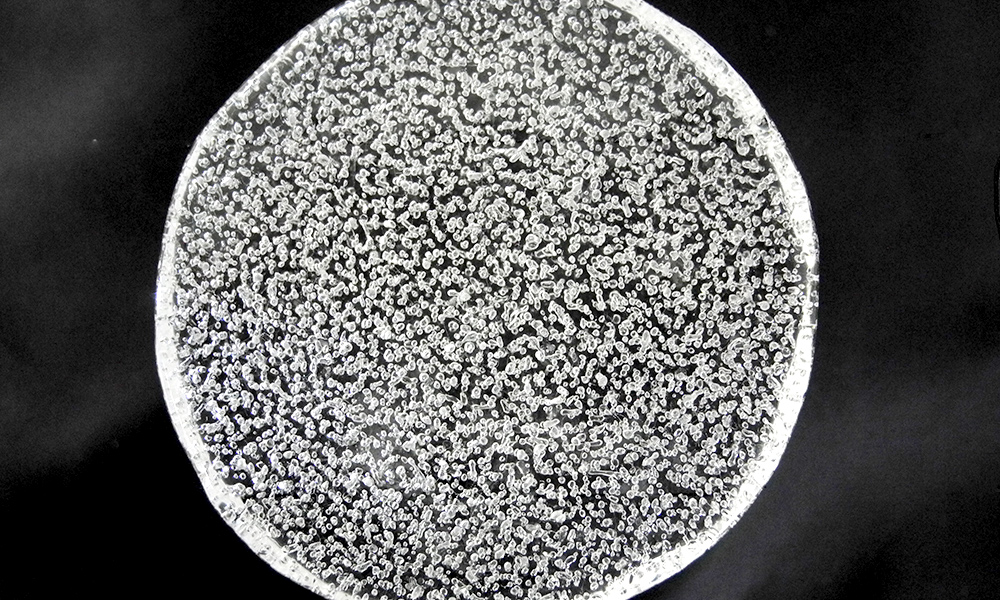
Why does ice make that sound?
What began as a “silly pastime” of tossing ice chunks down a borehole in Taylor Glacier, Antarctica, has led to a video with more than 8 million views and a collaboration between an acoustics expert and a climate scientist.

Tiny microenvironments hold clues to ocean nitrogen cycle
A new Rochester study shows that nitrogen-feeding organisms exist all over the deep ocean, and not just in large oxygen-depleted “dead zones,” changing the way we think about the delicate nitrogen cycle.
